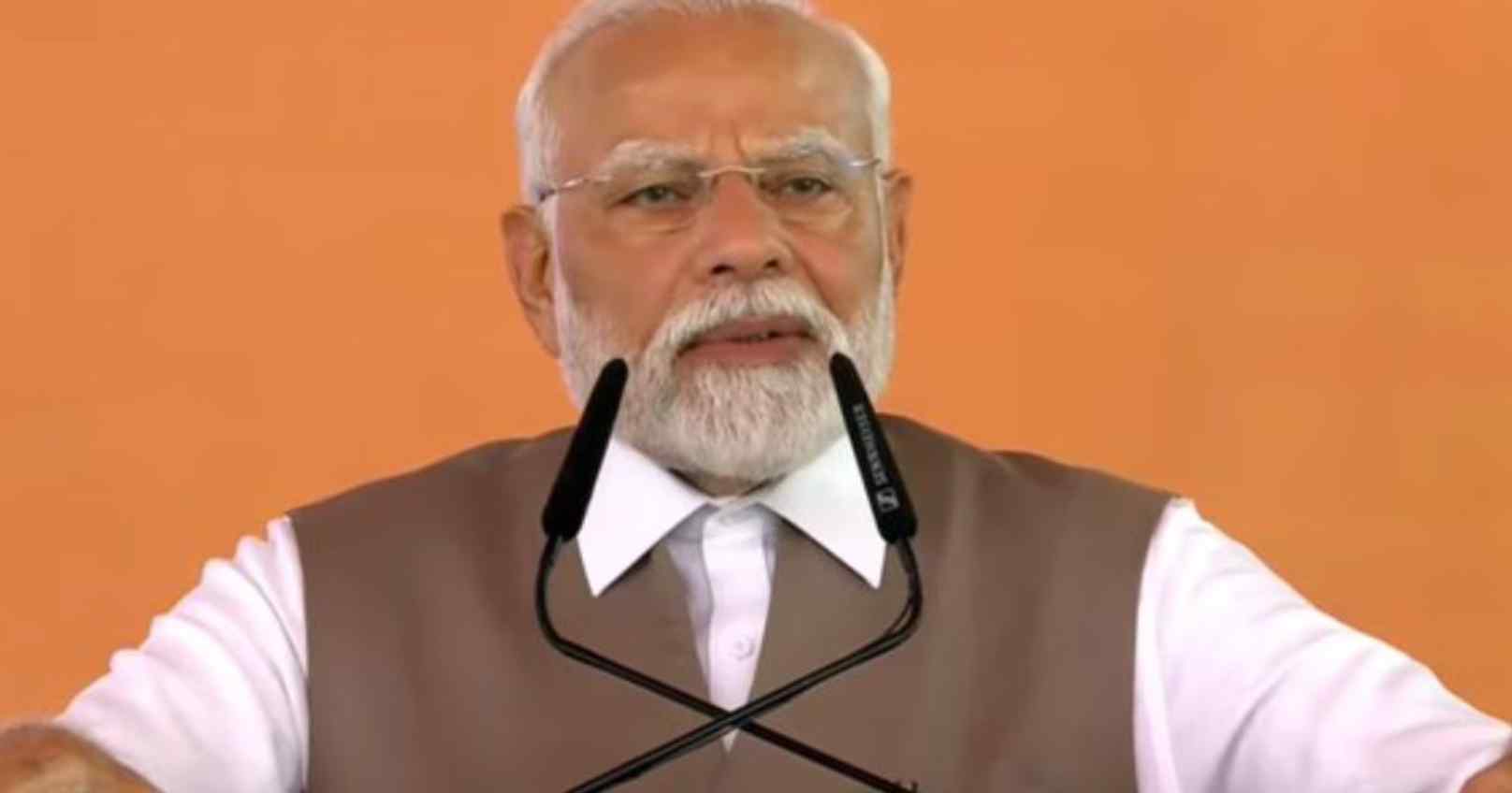Trump Halts Tariffs for Allies, Slaps China with 125% Hike Amid Escalating Trade War
President Trump has paused tariffs for non-retaliating countries while sharply increasing duties on Chinese goods, intensifying U.S.-China trade tensions
10-04-2025In a dramatic shift just one day after enforcing a sweeping reciprocal tariff policy, U.S. President Donald Trump on Wednesday announced a 90-day suspension for countries that chose not to retaliate. The move came amid fears of a worsening trade war and concerns over potential damage to the global economy. Despite the pause, Trump simultaneously raised tariffs on Chinese imports to a steep 125%, up from the already controversial 104%.
Explaining his decision, Trump stated, “I’ve paused tariffs for 90 days for countries that didn’t strike back. But I warned them—any retaliation, and the tariffs would be doubled.” He made these remarks while declaring the elevated rate for Chinese goods.
Beijing, led by President Xi Jinping, responded firmly, increasing its own tariffs on American imports to 84% from 34%, and vowed to continue pushing back. “We will resist to the very end,” China declared in a bold statement.
Following Trump’s announcement, the White House posted on X: “Refrain from retaliation, and you will be rewarded.”
WHY THE PAUSE?
President Trump clarified that more than 75 nations had refrained from imposing countermeasures and had opened discussions with the U.S. on various trade-related issues. This, he said, prompted the temporary hold.
Posting on TruthSocial, he wrote: “Over 75 countries have reached out to our representatives to talk about Trade, Barriers, Currency issues, and more. They have not retaliated, and so I’ve approved a 90-day PAUSE.”
During this window, Trump said a reduced 10% tariff would apply to goods from countries cooperating with the U.S.
He described the move as a sign of strategic adaptability: “Sometimes, you have to be flexible. It’s not always about breaking through a wall — sometimes you go around, over, or under it.”
FRESH TARIFF STRIKE ON CHINA
Despite the broader pause, Trump came down harder on China. Citing Beijing’s disregard for international trade norms, he immediately raised tariffs to 125%.
“The lack of respect China shows to the global markets is unacceptable. As of now, our tariffs on Chinese goods will rise to 125%,” he said. “Eventually, China must understand that exploiting the U.S. and other nations is no longer tolerable.”
Markets responded swiftly to the news. U.S. stocks saw a sharp uptick, with the S&P 500 index climbing nearly 7%, though exact details on exemptions for other trade partners remained unclear.
ESCALATING TENSIONS
China countered the U.S. measures with strong rhetoric and concrete action. Alongside the new tariffs, Beijing imposed export restrictions targeting American companies and filed a complaint with the World Trade Organization (WTO), accusing the U.S. of destabilizing global trade.
Before its counterattack, China’s Ministry of Commerce had warned, “Should the U.S. choose to escalate, China is fully prepared with both determination and resources to respond effectively.”
Analysts viewed Trump’s strategy as a shift from a broad-spectrum trade battle to a more targeted confrontation with China.
EU, CANADA JOIN THE FIGHT
Trump’s tariff freeze also came as the European Union prepared to retaliate. Alongside Canada and China, the 27-nation bloc announced plans to introduce 25% tariffs on a range of American goods the following week—its first direct response to the U.S.’s trade stance.


Punjab CM Bhagwant Mann has accused the BJP of using sindoor, a sacred cultural symbol, as a politic
Read More
Prime Minister Narendra Modi credited Operation Sindoor for demonstrating India’s military strengt
Read More
India’s move to send back undocumented immigrants has drawn strong opposition from Bangladesh, esc
Read More